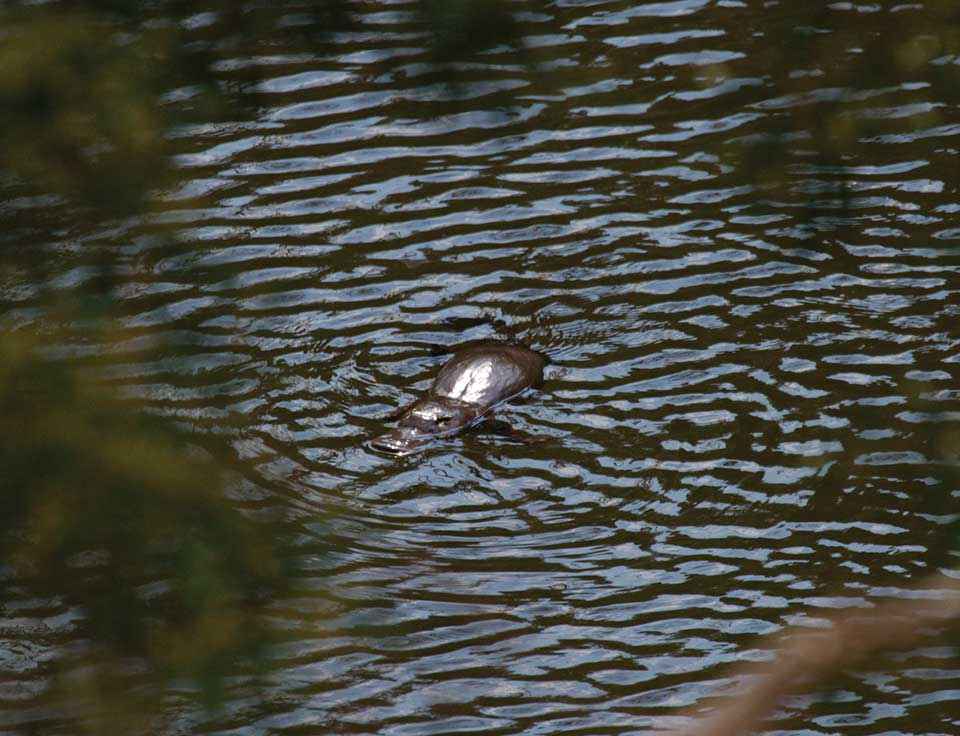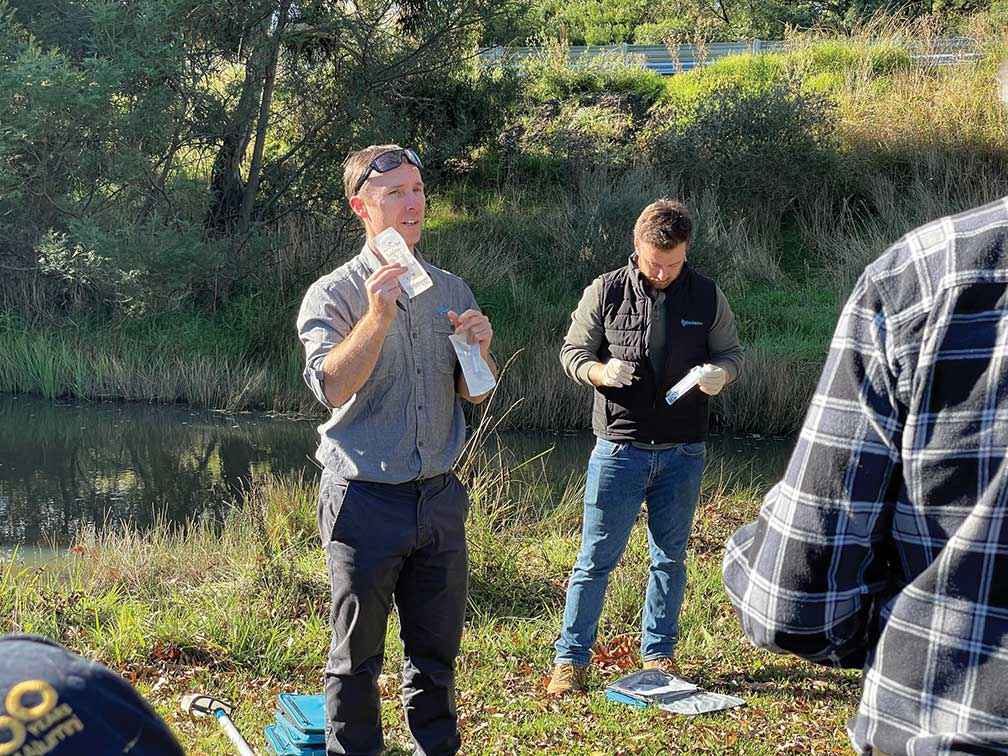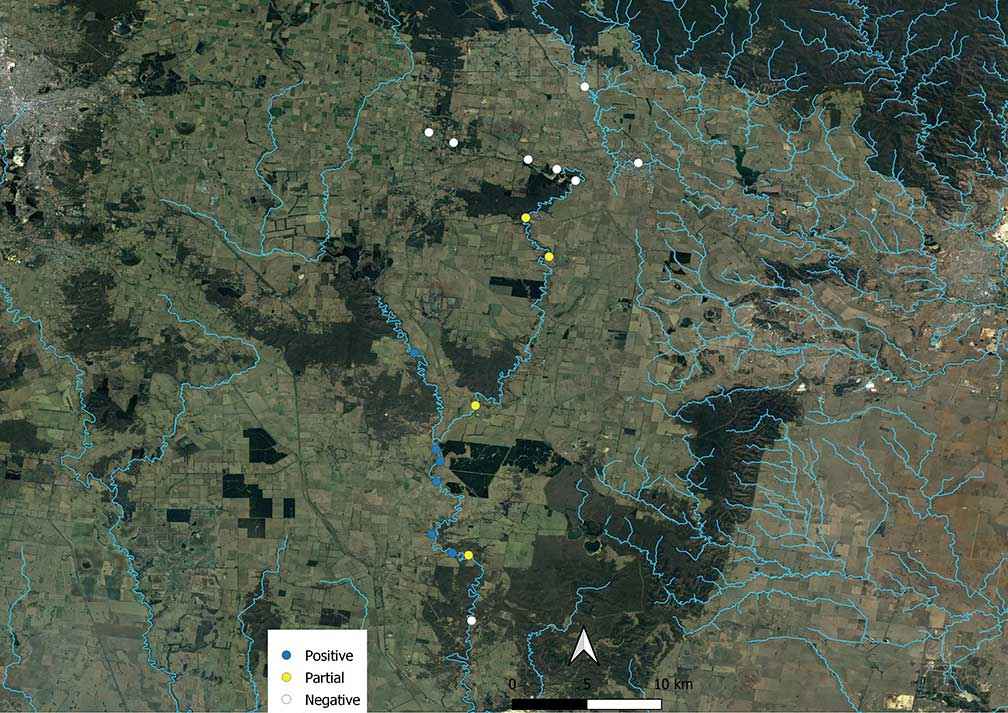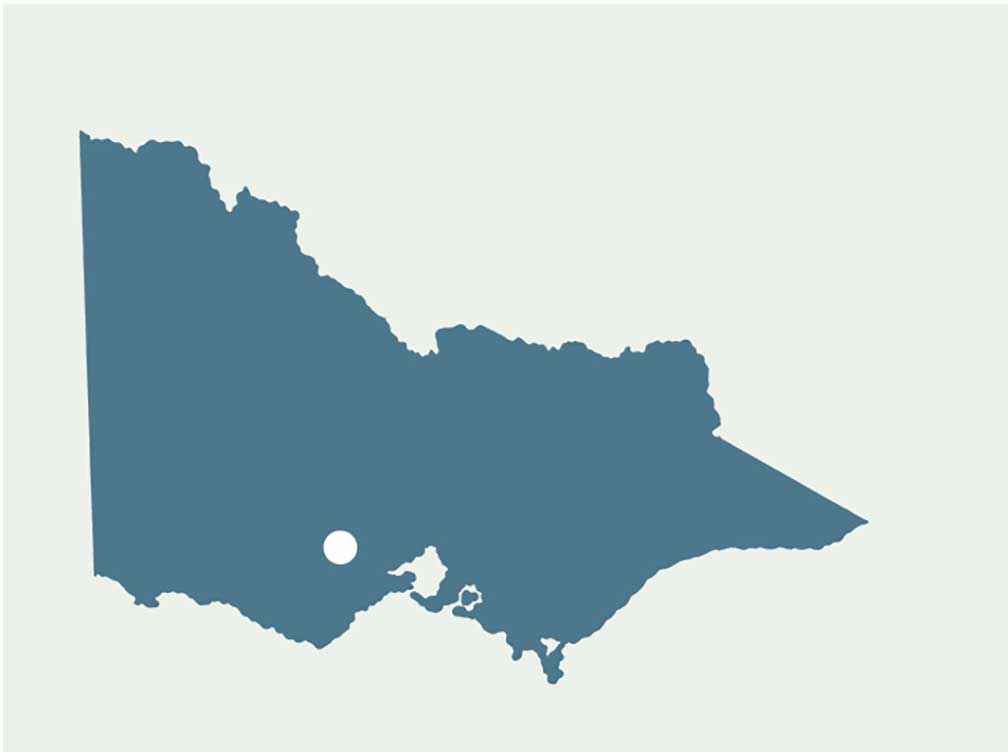Victorian Landcare Magazine - Summer 2022 , Issue 83

A problem shared by many Landcare groups is a lack of data on the presence of wildlife in their waterways. The platypus is a good example. It is nocturnal, most active at dawn and dusk and sometimes during the day when the sky is overcast.
It lives in rivers, creeks and dams needing both freshwater and the riparian zone where it can find prey and dig burrows for resting and breeding.
A lot of information about platypuses in particular waterways is anecdotal.
Without the intimate knowledge and access to our rivers once enjoyed by Traditional Owners, the Wadawurrung, the health and distribution of local platypus populations in the area where I work, the Moorabool catchment, is largely unknown.
Platypus monitoring techniques have been very labour intensive, expensive, and often inaccessible to community citizen science projects. The Moorabool Catchment Landcare Group (MCLG) is using a new technique developed by EnviroDNA to investigate the current distribution of platypus throughout the catchment while engaging the community and raising awareness of local conservation issues.
Environmental DNA (eDNA) is a non-invasive sampling technique that detects genetic material from a target species secreted into its surrounding environment.
According to Josh Griffiths, a senior ecologist at EnviroDNA, this includes skin, faeces and urine.
“We are looking for pretty much any bodily secretion you can imagine platypus making into the river This genetic material is then screened and tested in the lab to determine the species that it came from,” Josh said.

Above: From left, ecologist Josh Griffiths instructs MCLG volunteers on how to take eDNA water samples, assisted by Dr Farley Connelly.
In May 2021 MCLG members undertook training in collecting water samples to be screened for platypus eDNA and went on to test the Moorabool River (east and west branches and at the point of bifurcation), Paddock Creek, and the Werribee River.
The implications of having a clear picture of platypus population distribution in the MCLG area are massive.
Platypus are a flagship species that indicate macro-invertebrate abundance, species diversity, water quality and vegetation quality.
The results were available a month after testing. Six out of the eighteen sample sites returned positive results, while trace amounts were detected at another four. Positive detections occurred in the west branch of the Moorabool River and downstream from the point of bifurcation.
Partial detections in the east branch of the Moorabool River means platypus may be present, but in low abundance. These partial detections may also be a result of sample contamination or dispersal of DNA from further upstream. Repeat sampling is recommended to confirm presence or absence at these sites.
The collection day was a thrilling event for the community. MCLG members enthusiastically took on the role of citizen scientist and collaborated with others they had not met previously. They also got to visit parts of our catchment they had not previously seen. The event rekindled our sense of community after many difficult months of COVID-19 restrictions.

Above: Results from eDNA sampling in the MCLG area. Blue is positive detection for platypus, yellow is partial and white is no-detection.
MCLG President, Julie Keating, said the day was inspiring.
“The opportunity to participate in the eDNA data collection day reminded me of how much there is to do, how everyone can make a difference, and how important these things are. Connecting with the river and its wildlife this way with members of my community, and learning from experts, has inspired me to want to do more,” Julie said.
With very little historical data, platypus population trajectory in the MCLG area has been hard to determine. We now have important baseline data from which we can continue to monitor and track local populations.
MCLG will now use this data to target revegetation projects in riparian areas with poor vegetation quality. Improving these areas can help expand and improve the health of platypus populations and all other biodiversity that depend on healthy waterways.
eDNA technology was used to test more than 2000 sites across Victoria from August-November 2021 as part of The Great Australian Platypus Search. The MCLG eDNA testing project was funded by the Corangamite CMA.
Jackson Cass is Landcare Coordinator for Moorabool Catchment Landcare Group.
For more information email moorabool.landcare@gmail.com

Above: Location map - Moorabool River